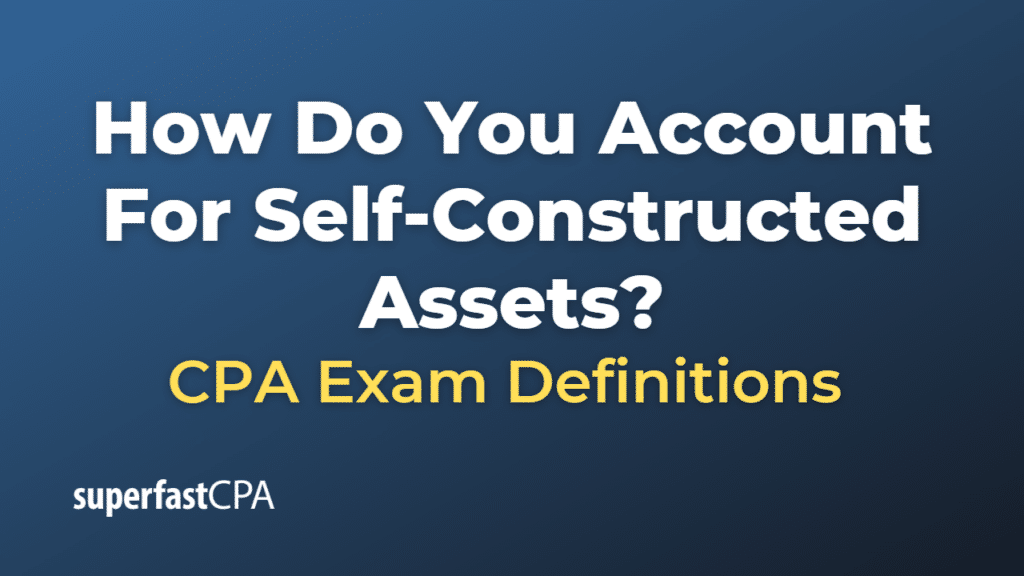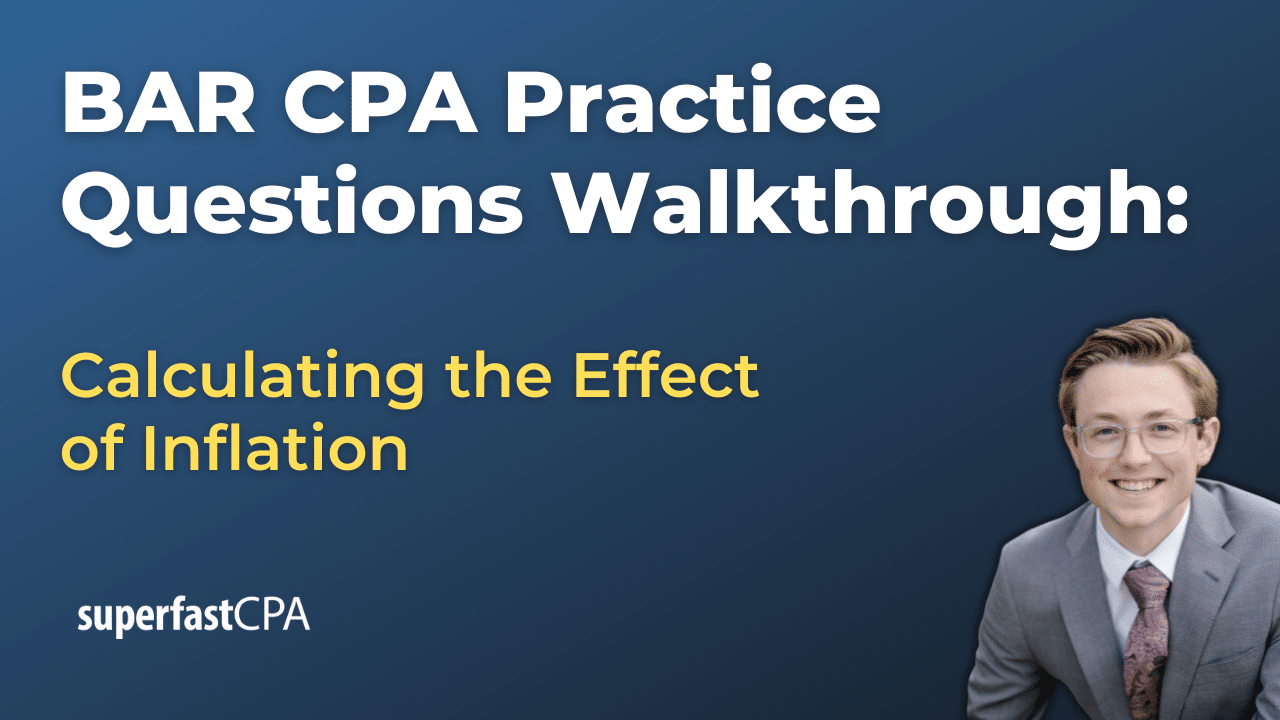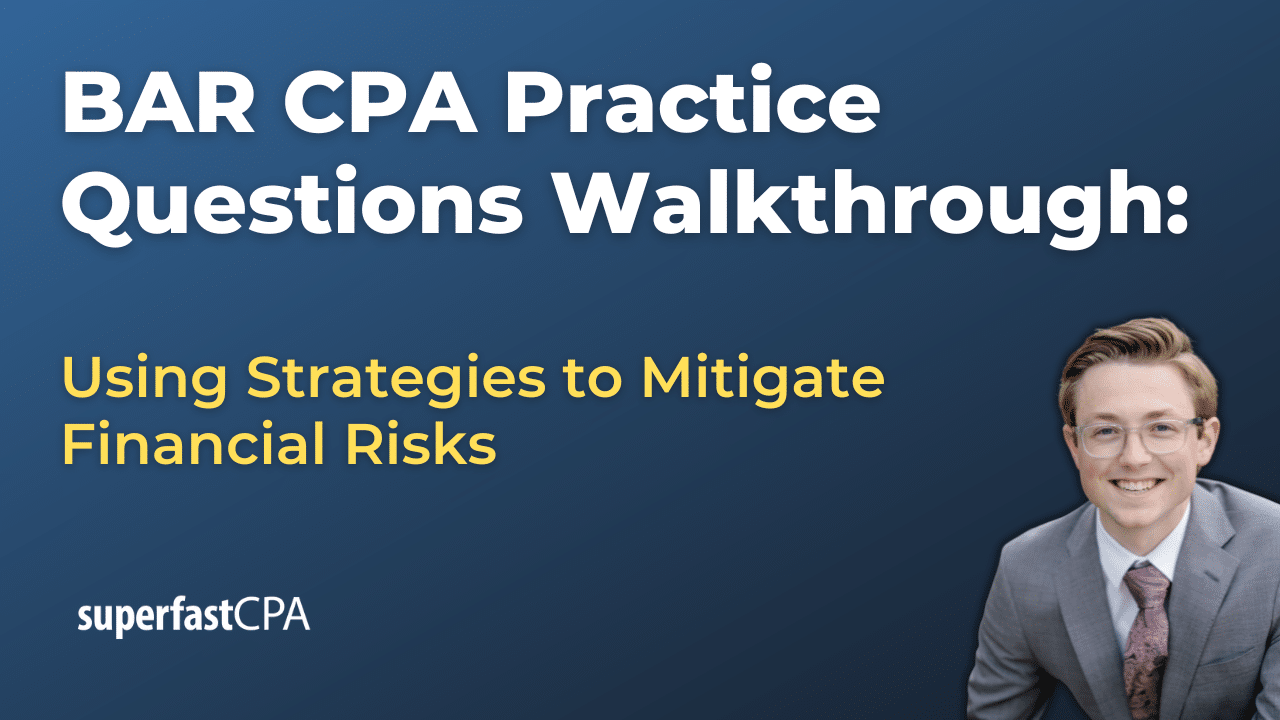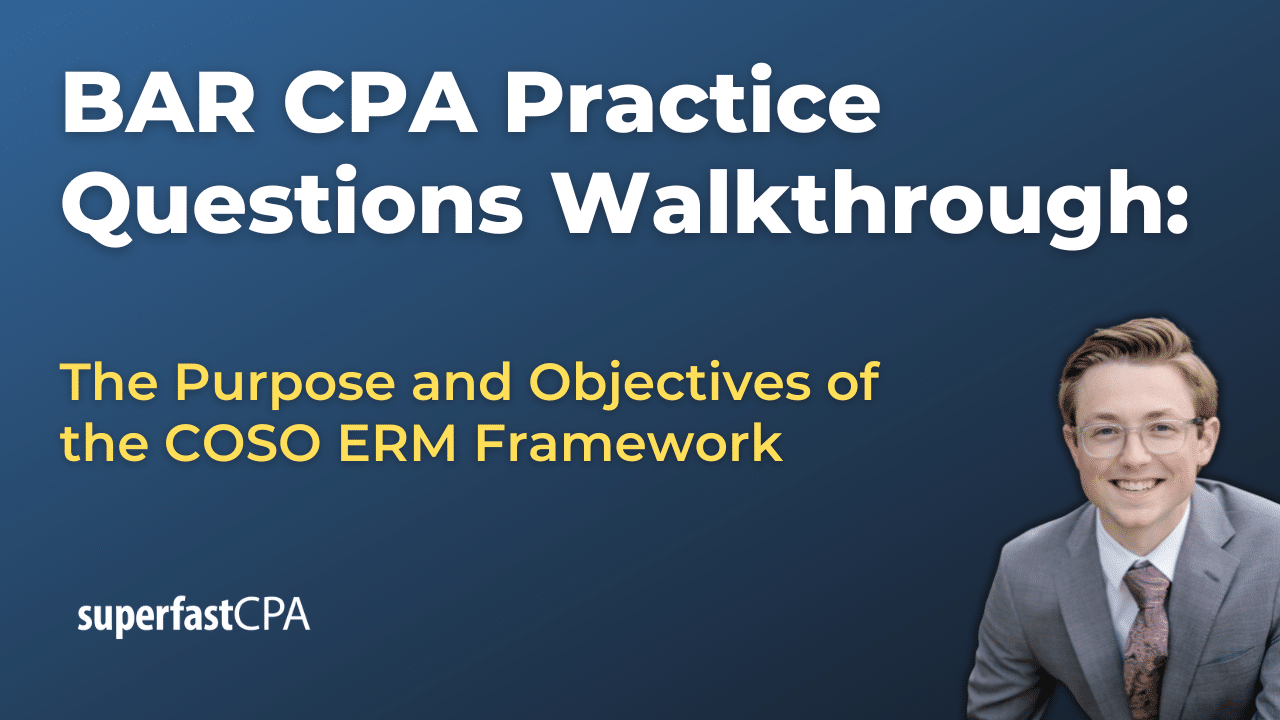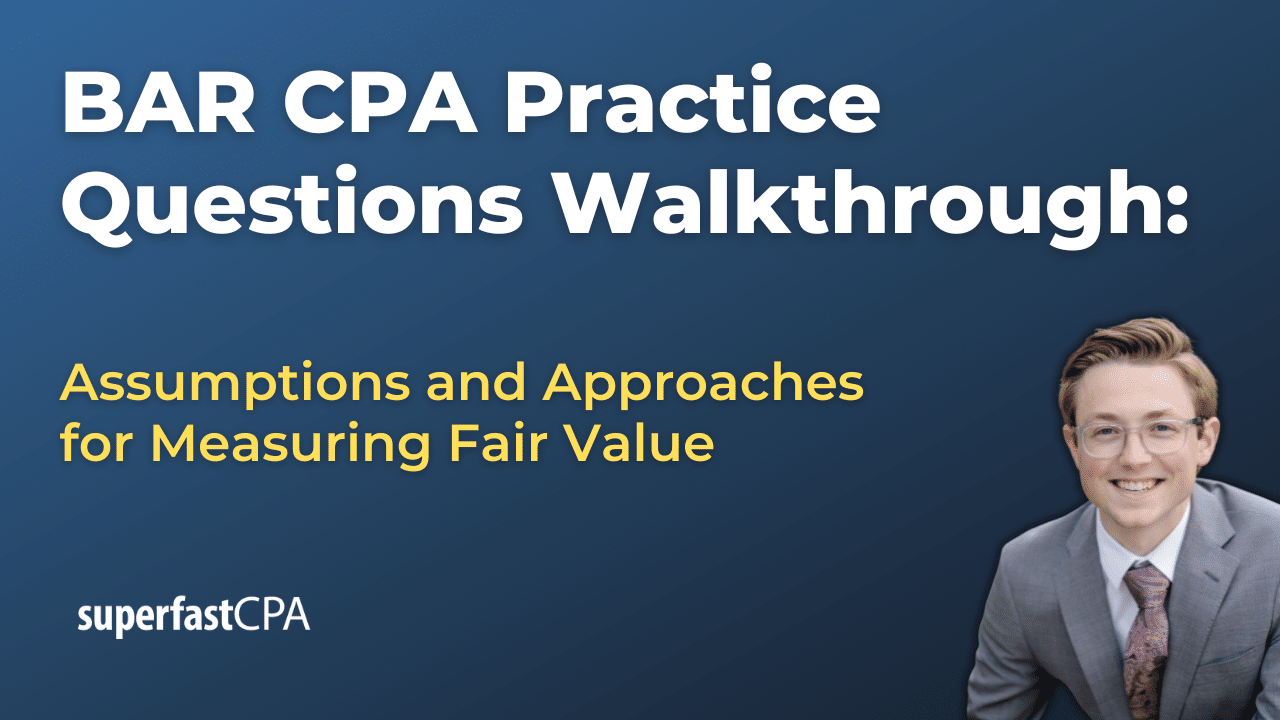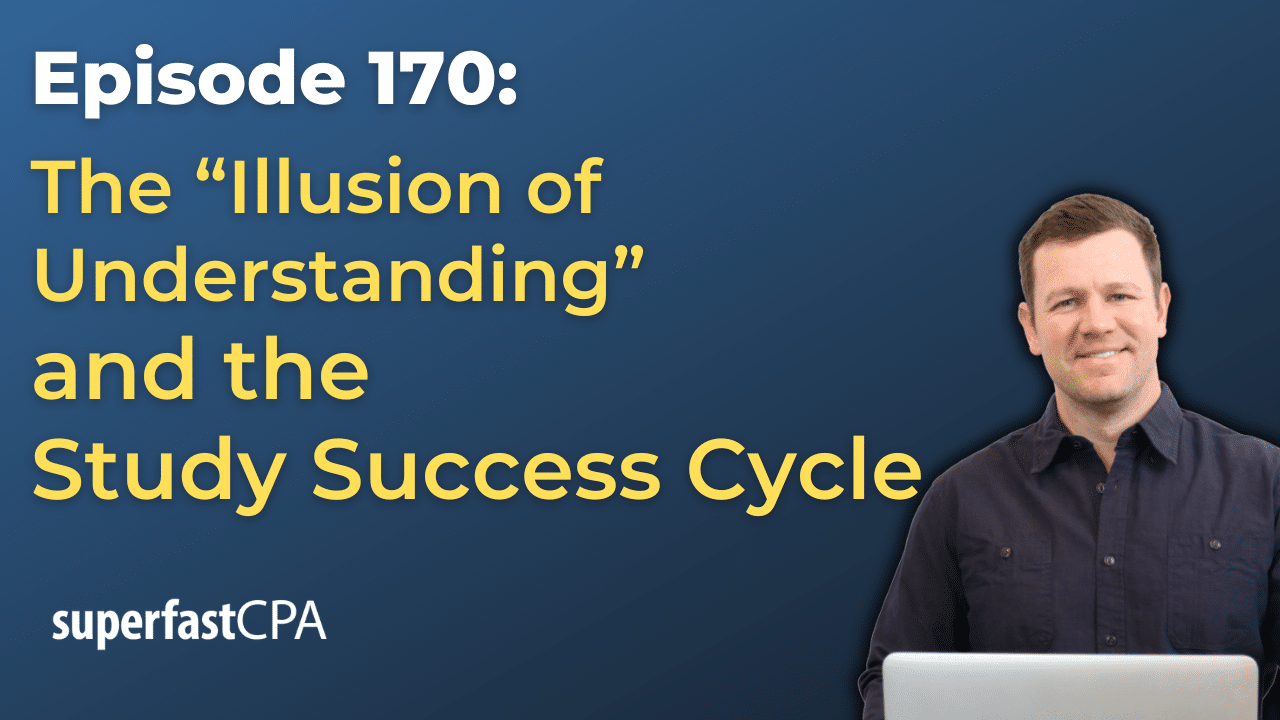How Do You Account For Self-Constructed Assets
Self-constructed assets refer to assets that a company builds or produces for its own use, rather than purchasing from an external source. In accounting, it is important to correctly account for these assets, as they represent a significant investment of resources.
When accounting for self-constructed assets, it’s essential to account for all costs that were incurred during the construction or development of the asset. This includes direct costs such as materials and labor, as well as indirect costs such as overheads that are directly attributable to the asset’s construction or development.
Here are the steps in more detail:
- Identify Direct Costs: Direct costs are those costs that are directly attributable to the construction of the asset. These include costs for materials, labor, and other costs directly linked to the production or construction process.
- Identify Indirect Costs: Indirect costs are the costs that are not directly linked to the construction or production of the asset, but are still incurred as a result of the process. This can include costs such as depreciation of equipment used in the construction process, or overheads that can be directly attributed to the construction process.
- Capitalization of Costs: Once the direct and indirect costs have been identified, they should be capitalized. This means that these costs are added to the value of the asset on the balance sheet, rather than being expensed in the income statement. The asset is then depreciated over its useful life.
- Depreciation: Once the asset is ready for use, depreciation begins. The cost of the asset (including capitalized construction costs) is spread out over the estimated useful life of the asset. This is reflected as a depreciation expense on the income statement over the asset’s useful life.
- Subsequent Costs: Any subsequent costs related to the asset after its completion are generally expensed as incurred, unless they increase the future economic benefits beyond the original assessments of the asset. In that case, they are capitalized.
Remember that all these accounting procedures must comply with the relevant accounting standards, such as IFRS (International Financial Reporting Standards) or US GAAP (Generally Accepted Accounting Principles), as applicable. For example, IFRS uses the standard IAS 16 for property, plant, and equipment, which covers self-constructed assets.
Example of How to Account For Self-Constructed Assets
Let’s say a company decides to construct a new factory for its own use. The company spends $2,000,000 on materials, $1,500,000 on labor, and $500,000 on various indirect costs such as the depreciation of equipment used for the construction, and rent for the construction site. The company also borrows money to finance the construction and pays $300,000 in interest during the construction period.
Under the capitalization method:
- Direct Costs: The direct costs, which include the materials ($2,000,000) and labor ($1,500,000), are capitalized. So far, the asset value is $3,500,000.
- Indirect Costs: The indirect costs, such as equipment depreciation and rent ($500,000), are also capitalized, bringing the asset value to $4,000,000.
- Interest Costs : If the company has borrowed money to finance the construction of the asset, the interest incurred during the construction period ($300,000) can also be capitalized under certain circumstances according to both IFRS (IAS 23) and US GAAP (ASC 835-20). This brings the total capitalized cost of the asset to $4,300,000.
- Capitalization of Costs: The costs are all added to the value of the new factory asset on the balance sheet. The new factory asset is recorded at its cost of $4,300,000.
- Depreciation: Once the factory is ready for use, the company starts to depreciate the factory over its useful life. If the company estimates the factory will be useful for 20 years and expects no salvage value at the end of that period, the annual depreciation expense will be $215,000 ($4,300,000/20 years). This will be recorded as an expense on the income statement each year for the next 20 years.
- Subsequent Costs: After the asset is ready for use, let’s say the company incurs an additional cost of $100,000 to expand the factory, which will increase the factory’s production capacity and economic benefits. This cost is capitalized, increasing the carrying amount of the factory to $4,400,000. The annual depreciation expense would then be adjusted accordingly.
Remember that specific accounting rules can vary, so the company needs to comply with the relevant accounting standards and policies that it uses.

